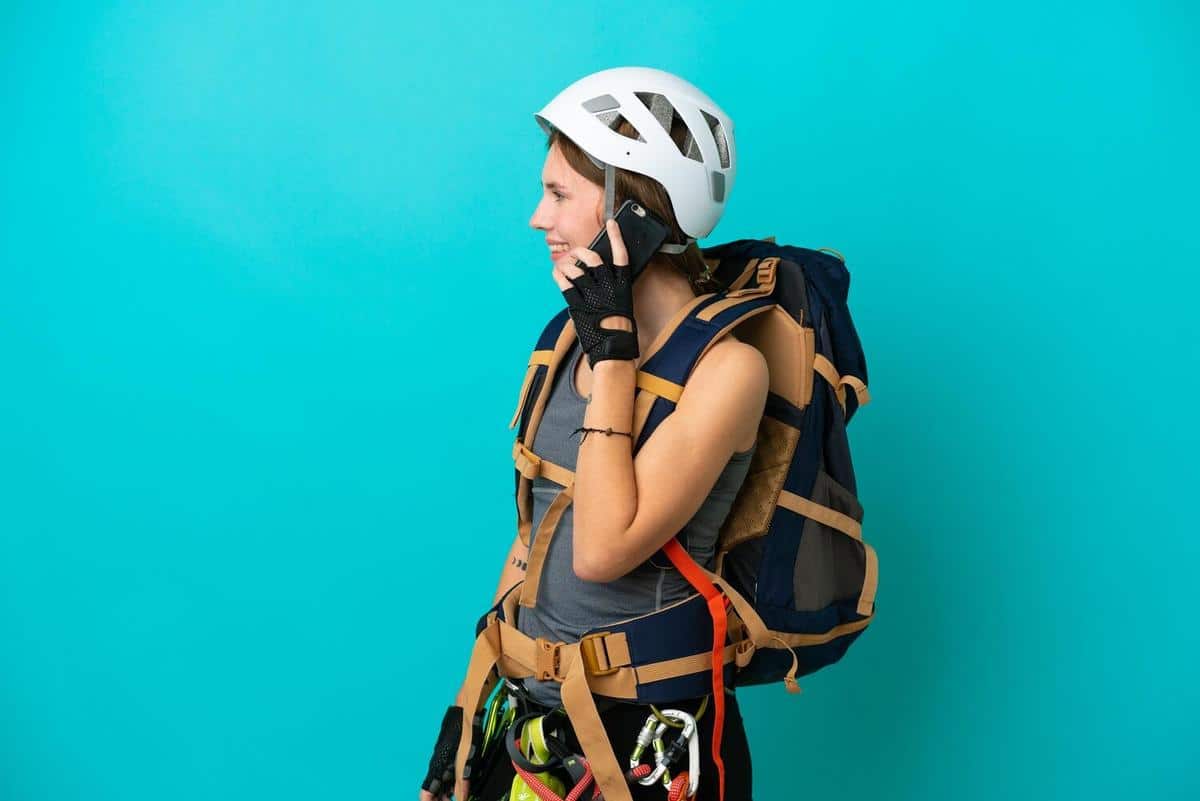
Essential Safety Tips for Adventure Travelers
For those with a thirst for thrill, adventure travel offers a captivating escape from the ordinary. Whether it’s scaling towering peaks, diving into the deep blue, or exploring dense jungles, the allure of the unknown beckons. However, with this excitement comes a need for heightened awareness and preparedness. Understanding and implementing essential safety tips can transform your daring exploits into unforgettable adventures.
Understanding the Risks
Adventure travel inherently involves risks, but knowing them can help mitigate potential dangers. According to the World Health Organization, adventure travelers are more likely to encounter accidents and injuries due to unfamiliar environments and activities. A study by the Adventure Travel Trade Association reveals that 53% of travelers consider safety a critical factor when choosing their next adventure.
Expert Insights
“Preparation is key,” says travel safety expert Chris McNamara. “Understanding the environment and respecting the local culture can greatly reduce risks.”
Preparation and Planning
- Research Your Destination: Understanding the climate, terrain, and local customs can prevent mishaps. Websites like Lonely Planet offer valuable insights.
- Health Precautions: Check vaccination requirements and pack a first-aid kit tailored to your destination. Consult with your healthcare provider for specific advice.
- Travel Insurance: Ensure your policy covers adventure activities. Companies like World Nomads offer specialized plans.
On-Field Safety Tips
- Listen to Guide Instructions: Guides are experienced and know the terrain well. Ignoring their advice can lead to dangerous situations.
- Stay Hydrated and Nourished: Extreme environments can deplete energy levels quickly. Keep water and energy snacks handy.
- Dress Appropriately: Wearing the right gear can prevent injuries and enhance comfort. Layering is crucial for temperature regulation.
| Safety Equipment | Purpose |
|---|---|
| Helmet | Protects against head injuries during activities like cycling or climbing. |
| Life Jacket | Essential for water-based adventures to prevent drowning. |
| First-Aid Kit | For treating minor injuries on the spot. |
| GPS Device | Helps in navigation and locating in remote areas. |
| Whistle | For signaling in case of an emergency. |
| Flashlight | Illuminates paths during nighttime activities. |
| Fire Starter | Crucial for warmth and signaling. |
| Emergency Blanket | Provides warmth and shelter in adverse conditions. |
Frequently Asked Questions
What should I do if I get lost?
Stay calm and try to retrace your steps. Use navigation tools and signal for help if needed.
Are adventure activities safe for solo travelers?
While solo travel can be enriching, joining guided tours for high-risk activities is advisable for safety and companionship.
Conclusion
Adventure travel promises exhilarating experiences, but safety should always be a priority. By planning ahead, staying informed, and respecting both nature and local cultures, travelers can enjoy their adventures with peace of mind. Remember, the goal is to create stories worth telling, not cautionary tales. Embark on your journey with confidence, knowing you are prepared for whatever the wild world has in store.


